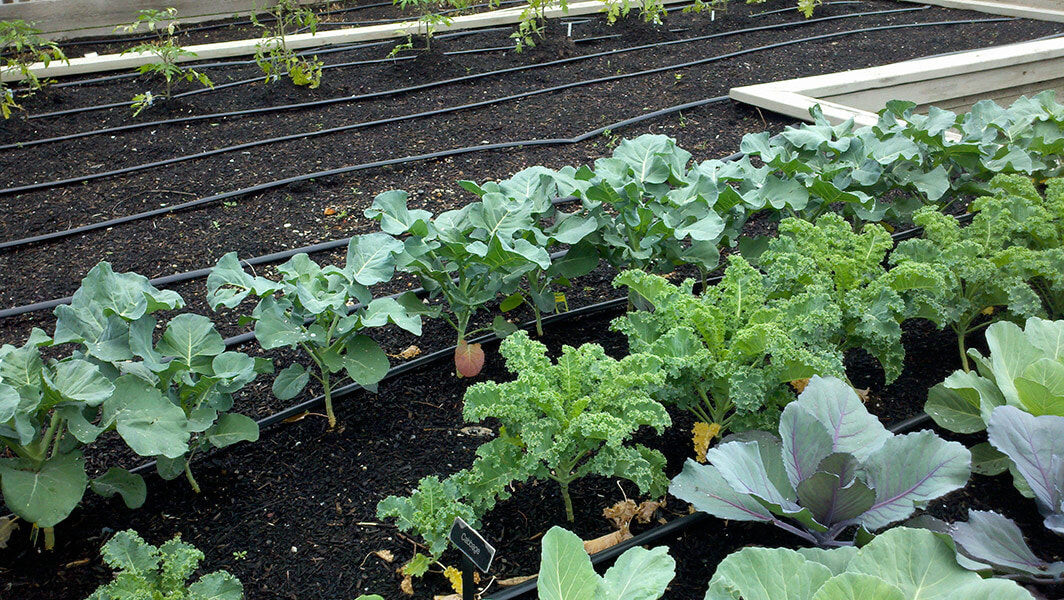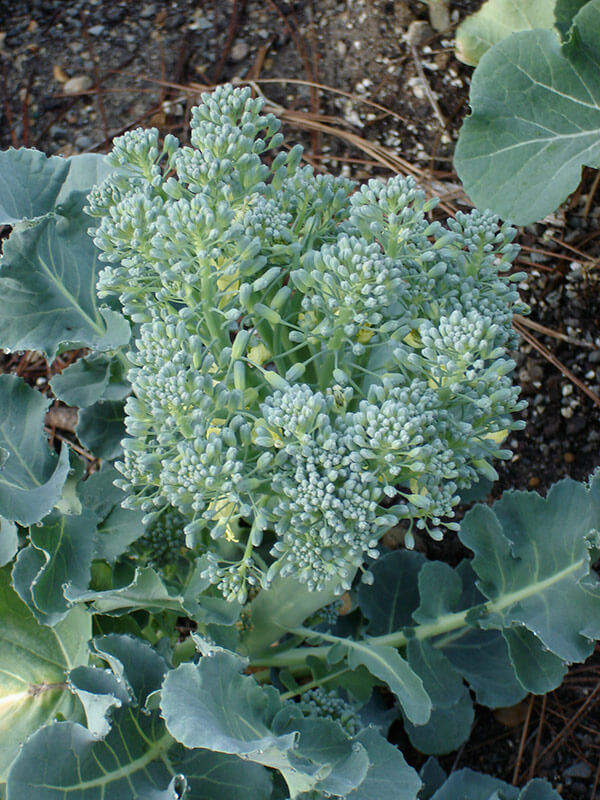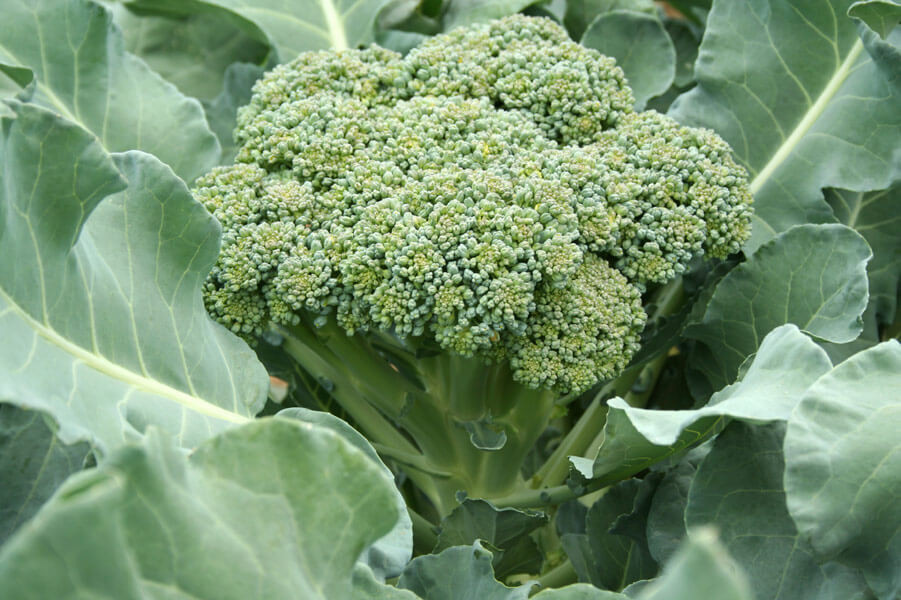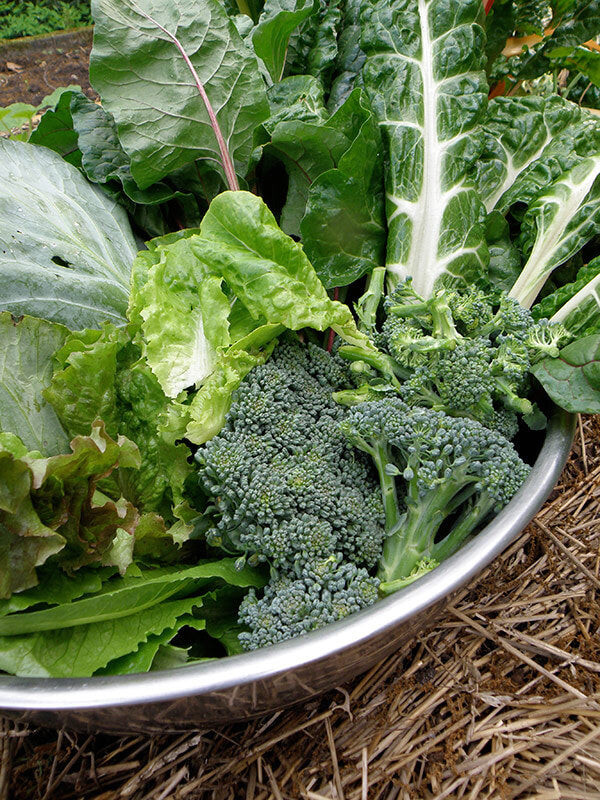Broccoli, a nutritional powerhouse and a staple in many diets, thrives in specific conditions. Understanding Where And When Is Broccoli Grown Best is crucial for gardeners aiming for a successful harvest. This guide delves into the optimal locations and times to cultivate broccoli, ensuring you can enjoy fresh, homegrown produce.
Broccoli belongs to the Brassica family, a group renowned for cool-season vegetables like cabbage, cauliflower, and kale. Its preference for cooler temperatures dictates the best growing seasons and regions. While advancements in variety development have extended its growing range, mastering the timing and environmental factors remains key to maximizing yields and quality.
Ideal Climates and Regions for Broccoli Cultivation
Broccoli is fundamentally a cool-weather crop. It flourishes when temperatures are consistently between 65°F and 80°F (18°C to 27°C). Extended periods of high heat, especially above 80°F (27°C), can stress the plants, leading to premature bolting (flowering) and reduced head quality. Conversely, while broccoli is hardy, temperatures dropping below 25°F (-4°C) can damage or even kill the plants.
Therefore, the best regions for growing broccoli are those with temperate climates that offer distinct cool seasons, such as spring and fall. These regions typically experience mild summers and winters, providing the necessary window of cool temperatures for broccoli to mature. Many parts of the United States, Europe, and similar latitudes around the globe are well-suited for broccoli cultivation. Coastal areas, with their moderated temperatures, are often particularly favorable.
In areas with hot summers and mild winters, such as the southern United States or Mediterranean climates, broccoli is primarily grown as a fall and winter crop. Planting in late summer allows the plants to mature during the cooler fall and winter months, avoiding the intense summer heat.
Conversely, in regions with short summers and cold winters, such as northern areas, spring and early summer are the prime growing seasons. Starting broccoli indoors and transplanting seedlings in early spring, after the last frost, allows for a harvest before the heat of summer sets in.
 The crop of broccoli in this spring garden is well on its way to making heads
The crop of broccoli in this spring garden is well on its way to making heads
Optimal Timing: Spring and Fall Planting Windows
Understanding the timing of planting is just as critical as location when considering where and when is broccoli grown best. Broccoli is typically grown as two crops per year: a spring crop and a fall crop.
Spring Planting: For a spring harvest, broccoli should be started indoors or purchased as transplants and planted outdoors in early spring, approximately 2 to 3 weeks before the last expected frost. This timing allows the plants to mature during the cool spring weather, avoiding the stress of summer heat as they develop their heads. In many regions, this means planting in March or April. It’s crucial to monitor local frost dates and adjust planting accordingly.
Fall Planting: A fall broccoli crop is often even more successful than a spring crop in many areas. Fall-planted broccoli benefits from the cooler temperatures and often less pest pressure as it matures. For a fall harvest, seeds should be sown in mid-summer, typically in July or August, depending on your region’s first expected frost date. Transplants can be set out in late summer. This timing ensures that the broccoli heads mature in the cool days of fall.
The specific planting dates will vary depending on your local climate and the specific broccoli variety. Fast-maturing varieties are beneficial for areas with shorter growing seasons, while heat-tolerant varieties can extend the growing window in warmer regions. Consulting local planting guides or your regional Cooperative Extension office is highly recommended for precise timing in your area.
Essential Growing Conditions Beyond Location and Timing
While knowing where and when is broccoli grown best is paramount, other environmental factors contribute significantly to successful broccoli cultivation.
Sunlight: Broccoli requires at least 6 hours of direct sunlight per day. Full sun ensures robust growth and the development of tight, healthy heads. Choose a planting location that receives ample sunlight throughout the day.
Soil: Well-drained, fertile soil is essential for broccoli. The ideal soil pH is between 6.0 and 7.0. Amending the soil with compost or other organic matter before planting improves drainage, fertility, and water retention. Mulching around the plants helps to keep the soil cool, retain moisture, and suppress weeds.
Watering: Consistent moisture is crucial for broccoli’s rapid growth and head development. Water deeply and regularly, providing 1 to 1.5 inches of water per week, especially during dry periods. Avoid allowing the soil to dry out completely, as this can stress the plants and affect head quality.
Temperature Management: While you can’t control the weather, understanding temperature fluctuations is important. Protecting young transplants from late frosts and providing shade during unexpectedly hot spells can help mitigate temperature stress. For spring plantings in colder climates, using black plastic mulch can help warm the soil early in the season.
 Don
Don
Harvesting Broccoli at its Peak
Knowing where and when is broccoli grown best also extends to understanding the optimal time to harvest. Harvesting broccoli at the right stage ensures the best flavor and texture.
Broccoli heads should be harvested when the central head is firm and the individual buds are tightly closed and dark green, ideally about pin-head size. If the buds begin to swell, open, or show yellow petals, it indicates that the broccoli is starting to flower and is past its prime. Harvest immediately, even if the head is small, as the quality will decline rapidly once flowering begins.
Cut the main head from the stem with a sharp knife, taking about 6 inches of stem. After harvesting the main head, many broccoli varieties will produce smaller side shoots from the leaf axils. These side shoots can be harvested later, extending your broccoli yield.
 A perfect head of broccoli will be big and have lots of very tight green buds
A perfect head of broccoli will be big and have lots of very tight green buds
Conclusion: Mastering Location and Timing for Broccoli Success
In conclusion, where and when is broccoli grown best hinges on understanding its preference for cool weather and providing suitable growing conditions. Temperate regions with distinct spring and fall seasons are ideal, and timing planting to coincide with these cooler periods is crucial. By selecting appropriate planting times, providing full sun, fertile soil, consistent moisture, and harvesting at the right stage, gardeners everywhere can successfully cultivate delicious and nutritious homegrown broccoli. Remember to consult local resources for specific planting dates and variety recommendations tailored to your region to maximize your broccoli growing success.
 Broccoli heads are harvested along with greens, lettuce, and cabbage in the cool-season garden in fall or spring
Broccoli heads are harvested along with greens, lettuce, and cabbage in the cool-season garden in fall or spring

